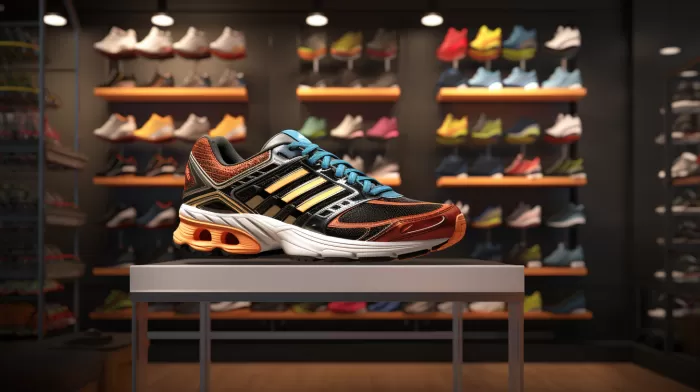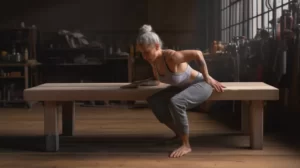Running shoes seem to be everywhere these days, with an extensive range of styles, colors, and promises of state-of-the-art support, shock absorption, and injury prevention. These high-tech features can quickly add up in price, but the question remains: do these technical advancements live up to their claims?
The answer may be simpler than you think. Researchers at the University of Calgary found that all those fancy features likely don’t add much protection against injuries. So what should you be looking for in your next pair of running shoes? According to the experts, go with what feels most comfortable to you.
In this article, we’ll dive into why the best running shoes might not be what you expect and reveal the secret behind selecting the perfect pair for your individual feet.
Trust Your Own Instincts
A person’s feet are incredibly complex structures, with each one consisting of 26 bones, 33 joints, and over 100 muscles, tendons, and ligaments. When we run, all these elements work together in a delicate interplay, and the shoes we wear have a tremendous impact on how our feet perform. Shoes that don’t fit well or support our feet appropriately can lead to injuries and chronic discomfort.
The Calgary research revealed that even a shoe’s designer struggles to pinpoint the specific features that would protect runners from injury. This led scientists to conclude that the best measure of a running shoe’s suitability is not found in any laboratory but through our body’s own sensory feedback.
In other words, trust your instincts. Forget about the marketing hype and confusing jargon; focus on how the shoe feels on your foot.
Give Them a Test Run
When it’s time to shop for new running shoes, it’s essential to block out the noise from shoe manufacturers and salespeople. Instead, focus on finding the shoes that feel the most comfortable when you try them on. Remember, your body knows best.
To find the perfect pair:
- Visit a store with a broad selection of running shoes. This will give you the opportunity to carefully consider various brands and styles.
- Try on multiple pairs. Don’t limit yourself to just one or two options. Give yourself the ability to compare the fit, comfort, and support of several different shoes.
- Go during your regular running time. Feet can swell throughout the day, so it’s best to try on new shoes when your feet most resemble their size during a typical run.
- Bring your old shoes and socks. Have a look at the wear patterns on your previous pair for helpful clues about the support you need. Wear the socks you normally use when running – they’ll affect how the shoes fit.
- Take the shoes for a test run. Most stores will have a treadmill or running area. If not, jog around the store to get a feel for how each pair conforms to your running style.
When you find the pair that feels the most comfortable, you’ll know you’ve made the right choice.
Forget About the Price Tag
It’s easy to assume that the more you spend on running shoes, the better the product. However, a higher price tag doesn’t always equate to higher quality, especially when it comes to how the shoes feel on your feet. Ignoring the price and focusing on comfort will provide you with a much more satisfying and injury-free running experience.
Listen to Your Body
After purchasing your perfect pair of running shoes, pay close attention to how your body reacts when you run. If you experience any new pain or discomfort, it’s possible that the shoes may not be as comfortable as you initially thought. Adjusting your running routine or trying a different pair of shoes might be necessary. Remember, your body is the best judge of what feels right.
In Summary
The process of choosing the best running shoes can be overwhelming with all the options available and marketing messages vying for your attention. But the secret to selecting the perfect pair for you is surprisingly simple – trust your own instincts and focus on what feels most comfortable. By following this advice, you’ll be running comfortably and reducing your risk of injury in the process.



